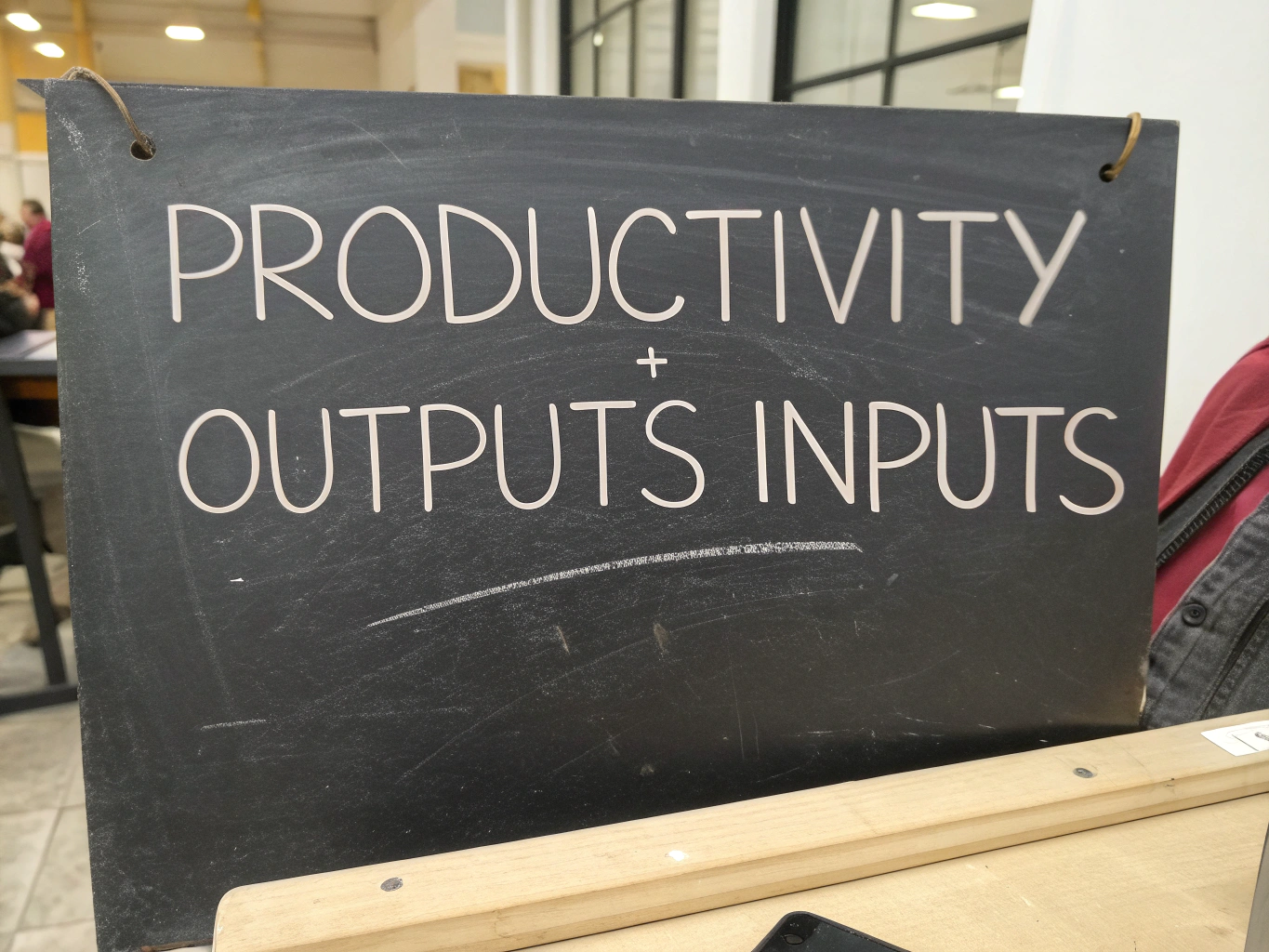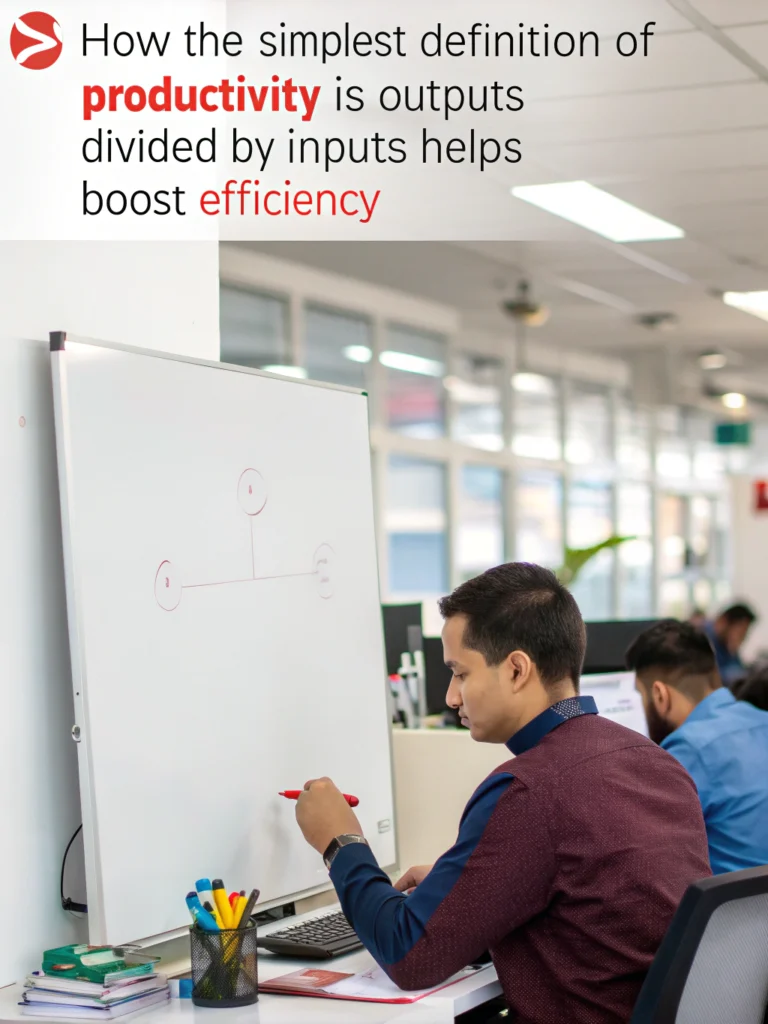How the Simplest Definition of Productivity is Outputs Divided by Inputs Helps Boost Efficiency
When we talk about productivity, it often feels complex, right? We hear different terms thrown around, like efficiency, effectiveness, and performance. But let’s break it down. At its core, the simplest definition of productivity is outputs divided by inputs. This simple ratio can be the key to unlocking efficiency in your workplace.
What is Productivity?
Let’s start with the productivity definition. Simply put, it’s about how much you achieve in relation to the resources (inputs) you use. If you're requiring too many inputs for fewer outputs, something's off. Boosting efficiency means improving this ratio — getting more done with less time, money, or resources.
Think of it this way:
- If you produce 50 units of a product using 10 hours of labor, your productivity is 50/10 = 5 units per hour.
- If you manage to increase your output to 70 units while keeping labor at 10 hours, your productivity jumps to 7 units per hour.
This simple math shows how focusing on outputs divided by inputs can reveal insights into efficiency that you might not see otherwise.
Boost Efficiency Tips
Now that we understand the definition, let’s dive into some practical tips to apply this knowledge. Here’s how to maximize your efficiency:
-
Identify Key Metrics: Determine what inputs (time, money, resources) significantly affect your outputs.
-
Streamline Processes: Assess your current workflows. Eliminate unnecessary steps that waste time without adding value.
-
Embrace Technology: Utilize tools and software to automate repetitive tasks. This can save time and reduce errors.
-
Set Clear Goals: Implement SMART goals (Specific, Measurable, Achievable, Relevant, Time-bound) to provide direction and purpose for your team.
-
Employee Training: Regularly update skills and knowledge. Well-trained employees are generally more productive.
-
Feedback and Adaptation: Continuously gather feedback and adjust processes based on performance data. Flexibility can lead to dramatic efficiencies.
-
Time Management Strategies: Adopt methods like the Pomodoro Technique or Eisenhower Box to manage time effectively and focus on high-impact tasks.
The Future of Productivity in 2025
As we look ahead to productivity in 2025, the workplace will continue to evolve. Remote work and digital tools will play a larger role. The focus on productivity will likely shift towards achieving a work-life balance while maintaining high performance. This is where mastering time management strategies will be crucial.
The Importance of Output Over Input
Are you investing too much time trying to increase input when you should be focusing on outputs? The key takeaway here is to measure what you’re getting in return for your efforts. As we progress into an increasingly digital future, understanding this simple formula will be essential in striving for excellence and adapting to change.

Conclusion
So, next time you find yourself tangled in the complexities of productivity, remember this: the simplest definition of productivity is outputs divided by inputs. This insight paves the way for effective strategies to boost efficiency in any workplace.
For those looking to dive deeper, check out our resources like the AI for Productivity eBook + Checklist: Supercharge Your Efficiency in 2025 and ADHD Productivity Power Pack: Ebooks, Guides, Checklists, Workbook & Tools to Master Focus, Time Management & Organization.
These resources provide practical tips, guides, and checklists designed to improve work performance and streamline efficiency.
FAQs
Q1: How can I measure productivity?
A1: You can measure productivity by tracking outputs (what you produce) and inputs (time, resources used) using the ratio formula.
Q2: What are effective time management strategies?
A2: Techniques like the Pomodoro Technique, setting deadlines, and prioritizing tasks can enhance your time management.
Q3: What role does technology play in productivity?
A3: Technology can automate tasks, streamline communication, and gather analytics for performance assessment, significantly boosting efficiency.
By focusing on the simplest definition and implementing these strategies, your path to higher productivity and efficiency will be clearer than ever!

